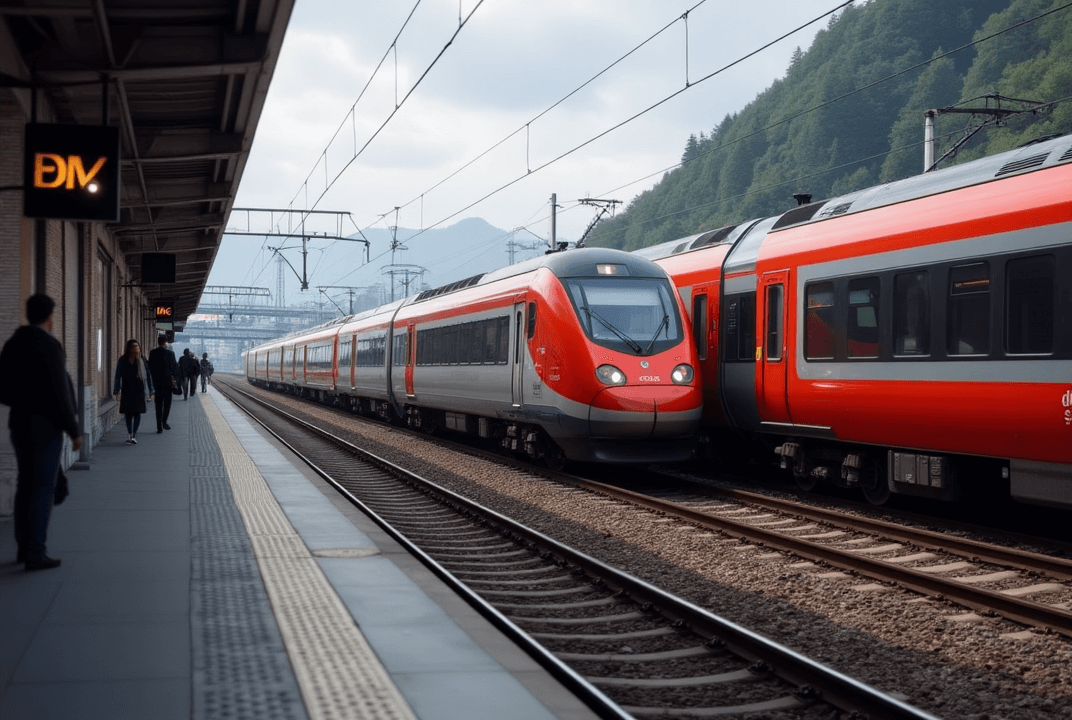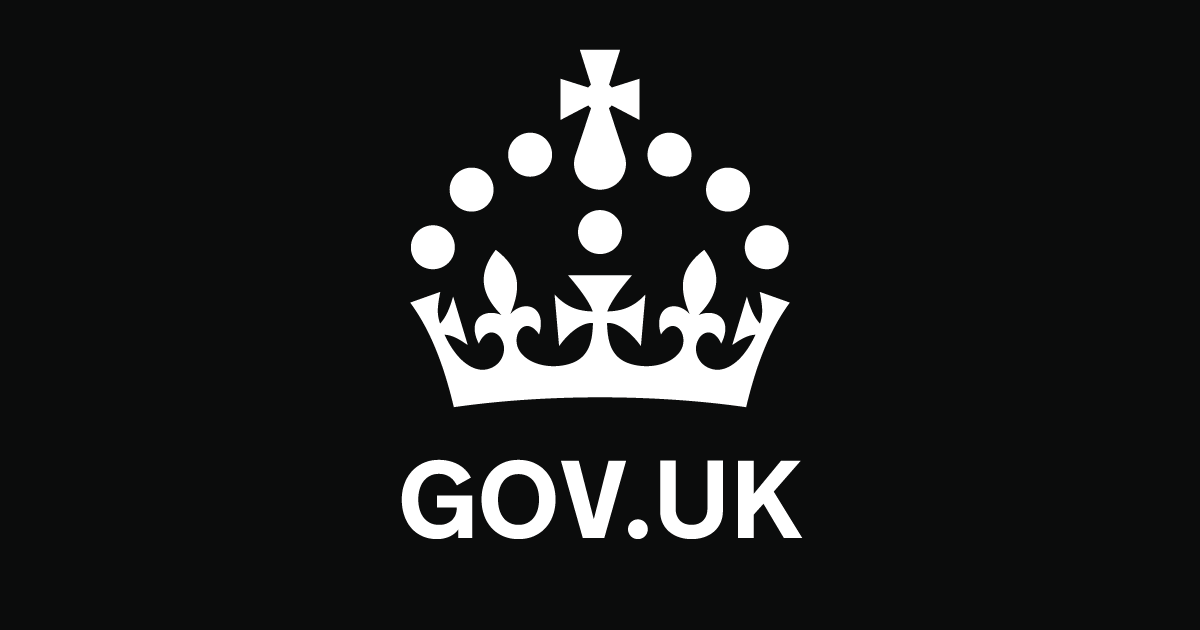Eurostar's €2B Plan for New Sustainable Routes to Germany & Switzerland
Eurostar has unveiled an ambitious €2 billion plan to revolutionize European high-speed rail travel, launching direct routes from London to Germany and Switzerland by the early 2030s. This significant investment, backed by a new fleet of 50 next-generation trains, aims to establish seamless, climate-conscious cross-border journeys, positioning rail as a compelling alternative to air travel.
The centerpiece of this expansion includes direct services from London to Frankfurt, projected to take just five hours, and London to Geneva, estimated at around five hours and 20 minutes. These routes are designed to offer pure, fast, and efficient movement without the hassles of transfers or airport queues, directly connecting key European financial and leisure capitals.
The timing of this bold move is strategic, capitalizing on a surging demand for sustainable travel and challenges faced by airlines due to rising fuel prices and stricter emissions regulations. Eurostar's record-breaking year in 2024, with 19.5 million passengers—a 5% increase despite economic headwinds—underscores a clear traveler preference for trains when viable options exist. In response, Eurostar plans not only to introduce these new routes but also to increase the frequency of its popular London-Paris service.
Connecting London directly to Frankfurt and Geneva is a carefully calculated decision. Frankfurt serves as the financial heart of Europe, while Geneva is a global hub for diplomacy, luxury, and alpine tourism. These new connections target a premium travel demographic, including business executives, eco-conscious tourists, and cross-border professionals. Furthermore, Eurostar intends to expand Geneva's connectivity by linking it directly to Amsterdam and Brussels, aiming to establish a truly continental rail network.
The €2 billion investment will fund a new fleet of trains designed for enhanced speed, comfort, and energy efficiency. While specific technical details are yet to be fully disclosed, industry expectations point to significant upgrades in seating, onboard connectivity, and accessibility. This represents Eurostar's largest capital investment since the Channel Tunnel's inauguration, signaling a strong commitment to rail's future and an effort to fortify its position ahead of potential competition, as London St Pancras Highspeed prepares to open its tracks to additional train operators.
This transformative initiative poses a direct challenge to short-haul European flights, particularly those operating between London and Germany or Switzerland. Travelers are anticipated to increasingly opt for the green, comfortable, and equally fast rail alternative. The shift is also expected to benefit the hospitality sector, boosting weekend tourism and business travel in newly connected cities. Tourism boards in Switzerland and Germany are likely to leverage rail-based travel promotions, aligning with broader EU sustainability objectives and evolving public sentiment.
While ambitious, the plan faces potential hurdles, including the readiness of existing rail infrastructure, the implementation of additional border control measures post-Brexit, and adherence to new train roll-out deadlines. Eurostar has affirmed its collaboration with European partners to ensure seamless integration. Nevertheless, the underlying demand, technological readiness, and a shifting travel mindset suggest a promising future. This is more than a transport upgrade; it is a cultural reset, ushering in what could be a new golden age of European rail travel, beginning now.










